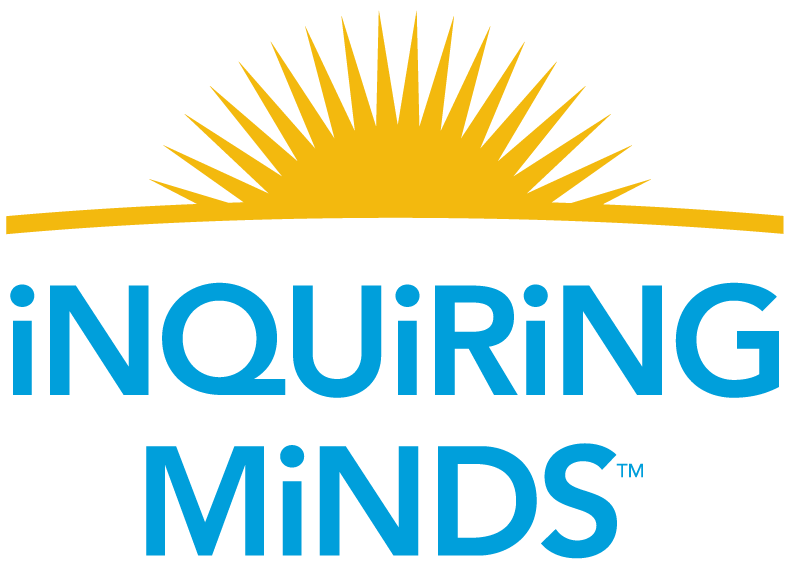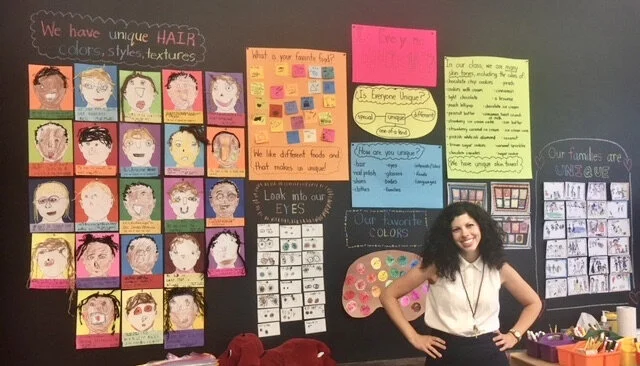How do Learning Walls enrich K-6 classrooms?
Two important ongoing goals of any school is to create a sense of civic community and help students develop critical thinking skills, especially in elementary school. The Learning Wall helps build executive brain function in children, the most critical factor for adult success, independence and citizenship.
The Learning Wall is the focus of the teaching and learning that is ongoing in the elementary school classroom. It’s a giant bulletin board created by the students with the teacher(s) taking on the role of facilitator.
At the center top of the wall is an inquiry - the broad essential question of the unit that’s being taught. Included also are more specific supporting questions that parse the unit’s inquiry. Depending on the grade level, the teacher may ask students to help write the essential and supporting questions (in accord with state standards).
The Learning Wall makes the children’s classroom (language, image, conceptual) learning visible. The students can draw on it, add a quote from a book, or a chart, media story, and photos to fill out the point of the unit. They can defend their additions to the class.
In Kindergarten students create most of the content and the teacher adds it to the Learning Wall. The teacher asks for as much input as possible from the students. The goal is for the 6 year olds to see it as ‘their wall’ because they are given cues to take charge. The primary content is illustration since many 6 year olds are preliterate.
By contrast, 5th grade the teacher doesn’t even touch the wall. Students have gotten used to, by that time, creating 100% of their Learning Wall and connecting the threads of social studies to literature as well as math and science.
To see Learning Walls in action go to the hyper links included here.. You might also visit About where you may learn more about our theory. Or check out Kids in School to see the many applications of Learning Walls which are a key tool developed by Inquiring Minds.
Amira talks about the Learning Wall and how it helped her productively connect with her peers and expand learning peer-to-peer.
This vdeo made by parents of PS20 (Brooklyn) showing 5th grade students explain how they use the Learning Wall to lead to deeper thinking. Ms Dixon’s 5th grade class creates their wall .
She says, “I don’t touch it. They know they can go add to it during class as we study and learn. Then they justify to the class why they decided to make a contribution to it. This can lead to very fruitful discussions among the students.”
Ms. Leathers starts a new unit by adding an essential question to the Learning Wall in her 4th grade classroom.
This 4th grade essential question is “How do natural events affect our world?”
Kindergarteners learn they are alike but also unique. An important civic lesson.
Ms Teagle and her kindergarten learning wall at the end of “Am I Unique? Is Everyone?”
David, a student in Ms Dixon’s 5th grade class, talks about making learning student-led through the Learning Wall.
A learning wall in Kindergarten - created by the kids, guided by Ms Teagle their teacher - showed how kids were learning about the savannah in Africa






